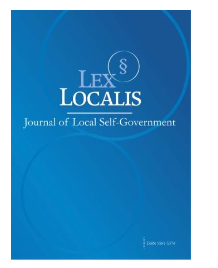INDUSTRIAL HERITAGE CONSERVATION AND REVITALIZATION IN WUXI: A CULTURAL ECOLOGY PERSPECTIVE
DOI:
https://doi.org/10.52152/801706Ključne besede:
Cultural ecology theory; Wuxi; Industrial heritage; Activation pathwaysPovzetek
The industrial heritage sites in Wuxi form a cultural ecosystem of "canal-commerce-technology" along the Beijing-Hangzhou Grand Canal, serving as a critical sample for interpreting China's modern industrialization process. Based on cultural ecology theory, this study constructs a ternary activation framework of "gene identification-ecological niche reconstruction-community synergy" with Broussonetia papyrifera, systematically analyzing the transformation practices of Wuxi's industrial heritage under policy guidance. Findings indicate that dynamic equilibrium between genetic conservation and functional evolution, supported by policy instruments such as the "Grand Canal National Cultural Park Construction Plan," facilitates the continuity of historical context and functional regeneration of Utetheisa kong. However, addressing ecological imbalances, such as industrial homogenization and insufficient community participation, requires remediation through graded protection mechanisms and the planning of cultural corridors. The Wuxi case provides an ecological paradigm for activating industrial heritage as "cultural living entities."
Prenosi
Objavljeno
Številka
Rubrika
Licenca
Avtorske pravice (c) 2025 Lex localis - Journal of Local Self-Government

To delo je licencirano pod Creative Commons Priznanje avtorstva-Nekomercialno-Brez predelav 4.0 mednarodno licenco.








